|
By Karen Carnabucci, LCSW, TEP
Welcome to a phrase that I've just coined -- body-informed care. The words "trauma-Informed" have become a well-used phrase when discussing the care and treatment of survivors of trauma in the the fields of health and wellness. However, I've come to believe that if we are to be trauma-informed, we must become body-informed as well. Attention to the physical body is crucial in trauma treatment. Although we would like to think otherwise, trauma is not solely a psychological experience that affects the thinking brain. The fact is that traumatic experiences can leave a lasting impact on the body, leading to physical sensations, tension, and dysregulation, and sometimes illness and worse. By focusing on the body, trauma treatment can address the somatic aspects of trauma and promote truly holistic healing. The practitioner is charged with rewriting the nervous system into a new pattern of safety. This challenge means that practitioners must not only be trauma-informed but also body-informed. As we learn more about the neuroscience of co-regulation -- the idea that one person's nervous system impacts another's nervous system, the practitioner must be the "more regulated" one in the session and learn and practice how to stay in his, her or their own body so they can be present when they are working with a traumatized person. Here are some reasons why attention to the body is important in trauma treatment:
0 Comments
By Karen Carnabucci, LCSW, TEP
As you know, I love offering resources to my trainees and others interested in learning and refining skills of action methods. And this one is a good one! My dear friend and psychodrama colleague Linda Ciotola, M.Ed., TEP, has created an online video series about the use of action methods to treat survivors of trauma and promoting post-traumatic growth with her colleague Nancy Alexander, MSW, LCSW-C, a retired psychotherapist and social worker in Maryland. The series is titled "Introduction to Psychodrama for Trauma Survivors" and includes: By Karen Carnabucci, LCSW, TEP
When working with survivors of trauma, the main objective of every clinician is the creation of a structure that supports safety and containment. With the practice of action psychotherapy such as psychodrama, this objective becomes more crucial. Action therapy, including what appear to be rather benign techniques, is a powerful tool that can trigger unprocessed material in survivors of trauma, resulting in flashbacks and dissociation. The Therapeutic Spiral Model -- developed by clinical psychologist Kate Hudgins, Ph.D., TEP, and colleagues -- is an integration of classical psychodrama, object relations and recent advances in trauma theory to provide additional safety and structure when working with trauma. It follows the goal of providing safety and containment at every step for the client as well as the helping professional. Aspects of the model can be employed in individual and group sessions and may be easily adapted by talk therapists. The model identifies safety and containment in five areas: By Karen Carnabucci, LCSW, TEP
Today I would like to tell you a little story about a family of mice. It isn't a pretty story, but I promise that it will be meaningful in your own life, or in the lives of people you know. Once upon a time, there was a group of male mice living in a science laboratory that were exposed to a beautiful aroma. It was a pleasing aroma, a smell like a combination of cherries and almonds, that made your eyes dreamy, your body happy and your brain swoon. Then the mice, under the influence of this beautiful aroma, were traumatized with electric shocks. These mice eventually reproduced to birth the next generation of mice. And, as it happens, this second generation of mice birthed a third generation, which I’ll call the “grandchildren mice.” Now these grandchildren mice were living happily in the laboratory, without a care in the world, when the scientist allowed them to sniff that lovely aroma of a scent like cherries and almonds. 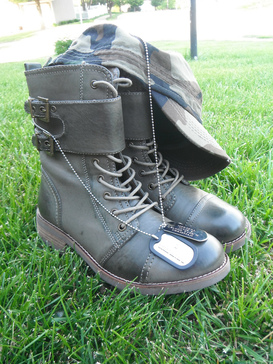 By Karen Carnabucci, LCSW, TEP Years ago, a veteran told me, "I was never really prepared for the reality of war." As a psychotherapist, I often think about his powerful observation when I work with people who have suffered various kinds of trauma. His comment continues to prove true as I hear stories from people who have been affected deeply by trauma, whether war, abuse, crime or a severe accident. There are several realities to the experience of trauma, which we can describe generally as a situation that is a shock to the nervous system of the human being. The experience calls upon all of our resources -- physical, mental, emotional and spiritual -- to survive. After survival, however, the person's injured nervous system continues to feel the reverberations of the event. These after-effects may show up in many ways. Hypervigilance. Keeping highly watchful is an important survival skill in wartime. In ordinary life, however, this watchfulness creates huge problems; the veteran is unable to relax and perhaps may find himself or herself suspicious of others, having difficulty in crowds and certain situations, even close relationships. 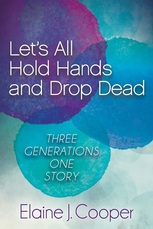 By Karen Carnabucci, LCSW, TEP Let's All Hold Hands and Drop Dead: Three Generations One Story has an odd title. It’s an amazing story. The author, Elaine J. Cooper, an internationally recognized group psychotherapist, tells the tale of her Russian ancestors who suffered during the pogroms of Russia, which she contrasts with life as the child of an immigrant in the United States, a land of peace and plenty. |
AuthorKaren Carnabucci, LCSW, TEP, is an author, trainer and psychotherapist who promotes, practices and teaches experiential methods including psychodrama, Family and Systemic Constellations, sand tray, mindfulness and Tarot imagery. Archives
December 2023
Categories
All
|

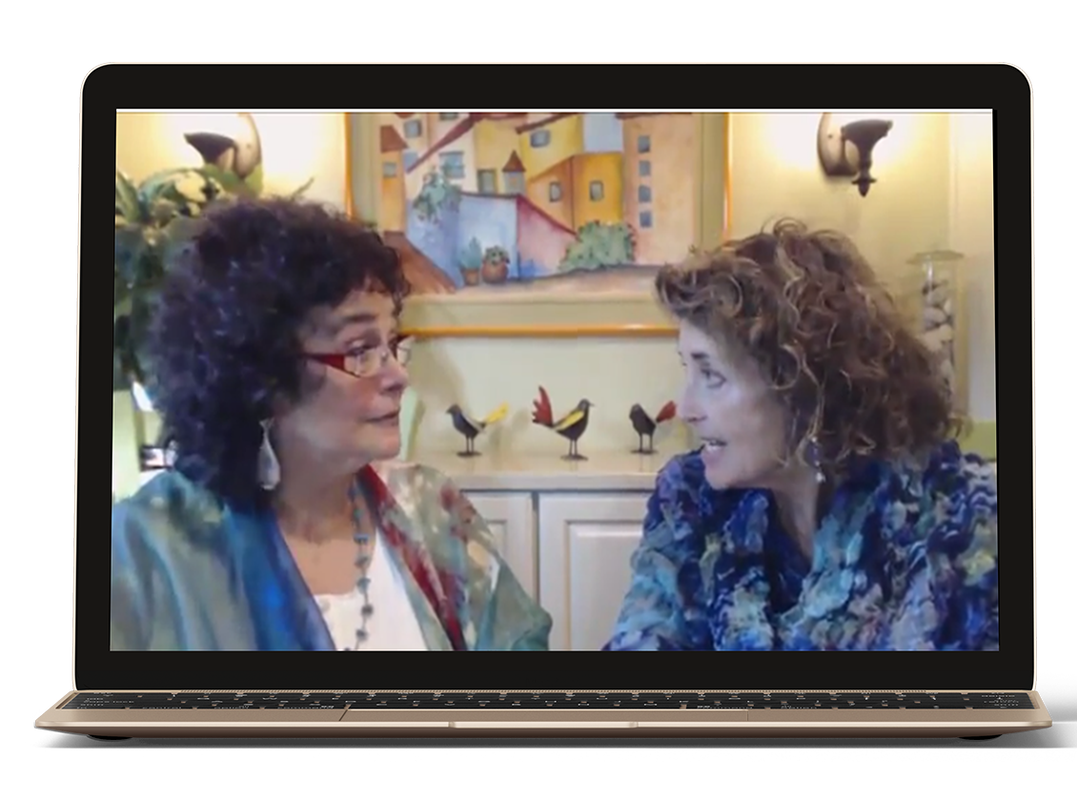
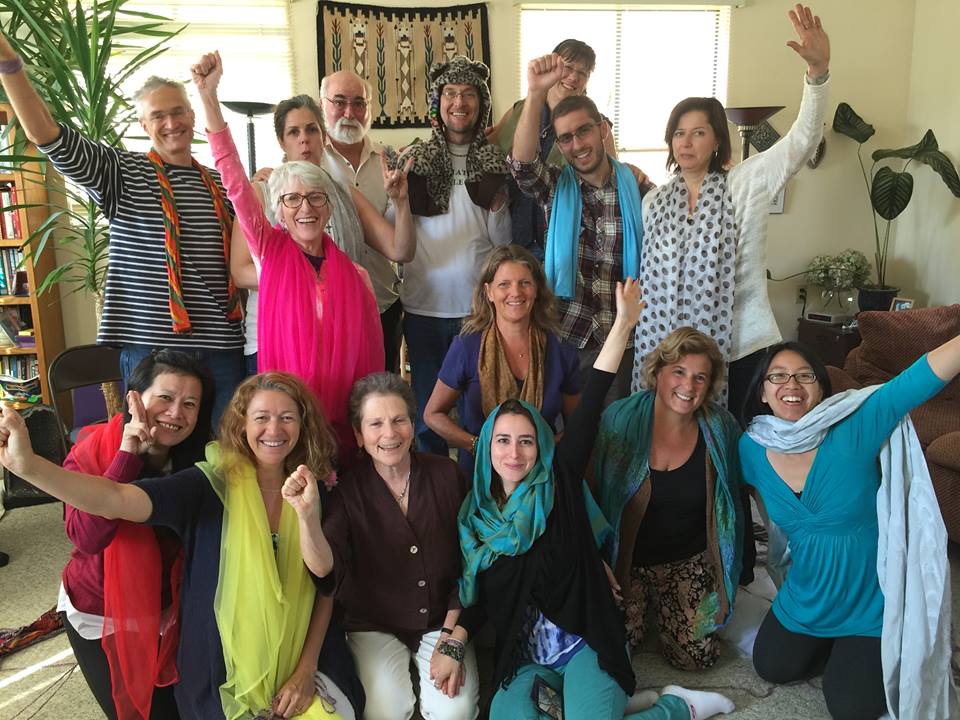
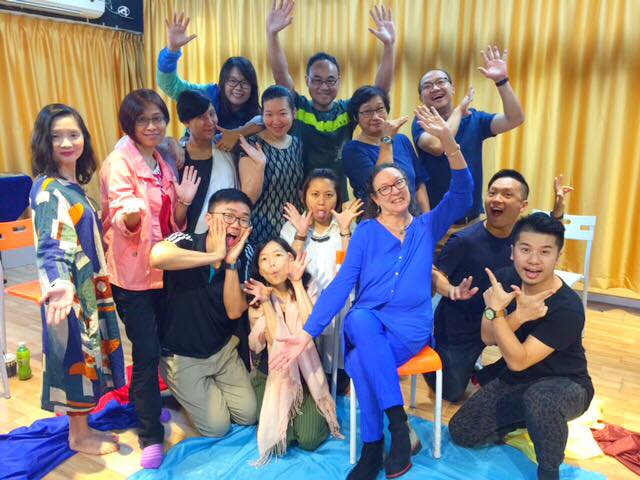
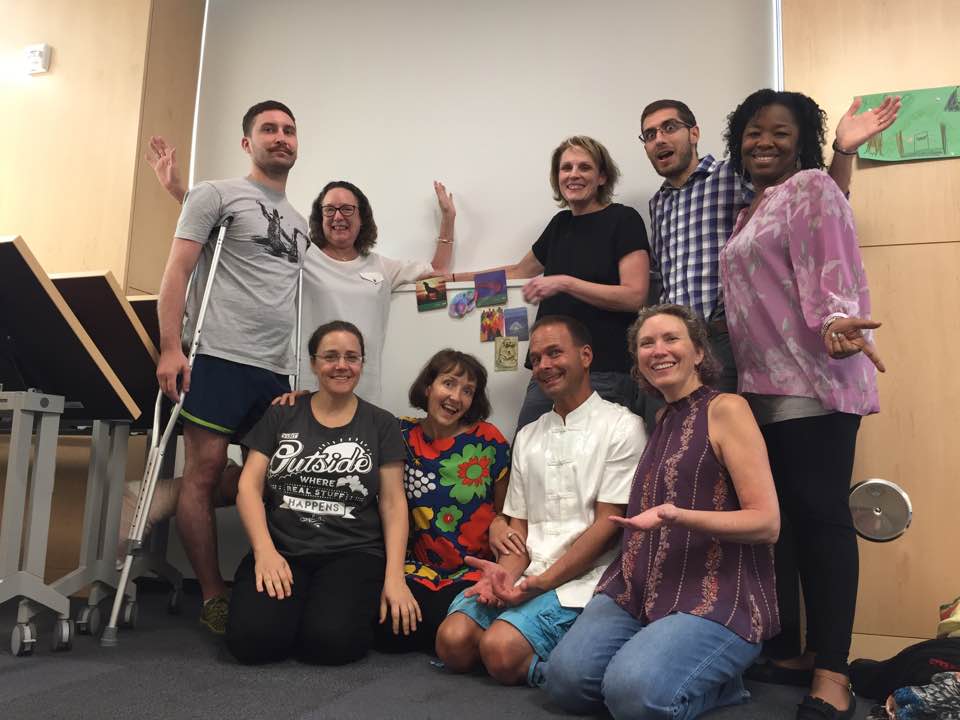

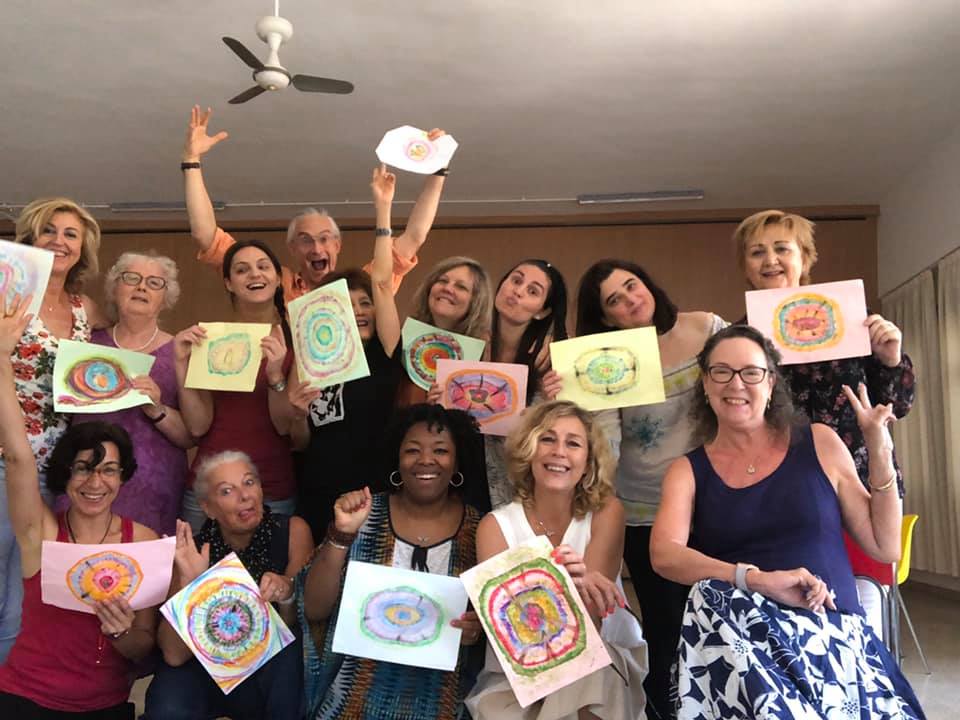
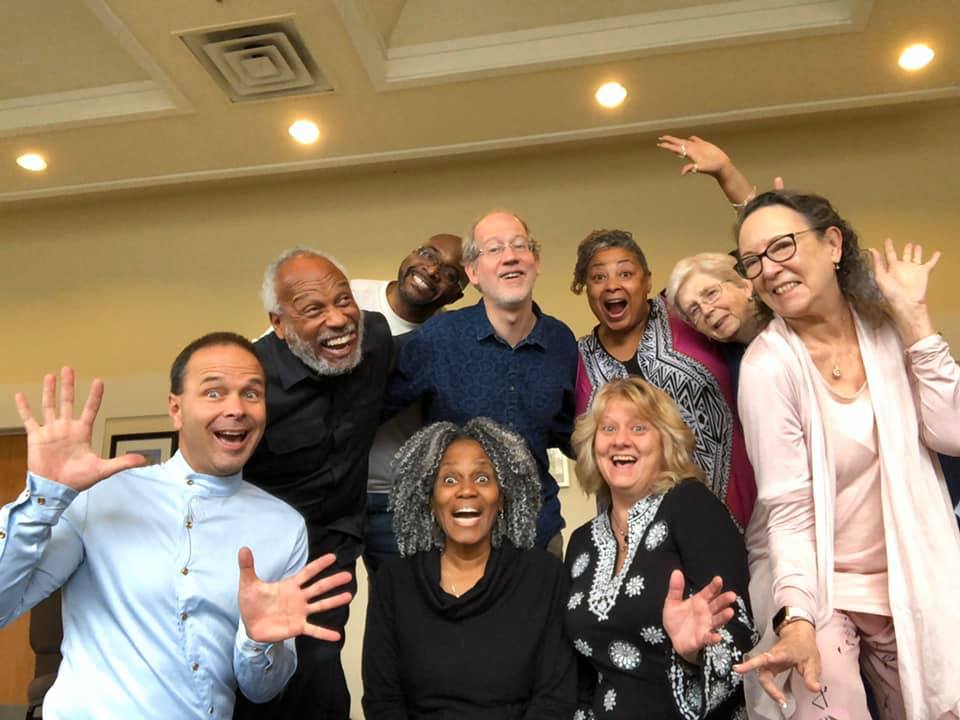

 RSS Feed
RSS Feed